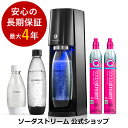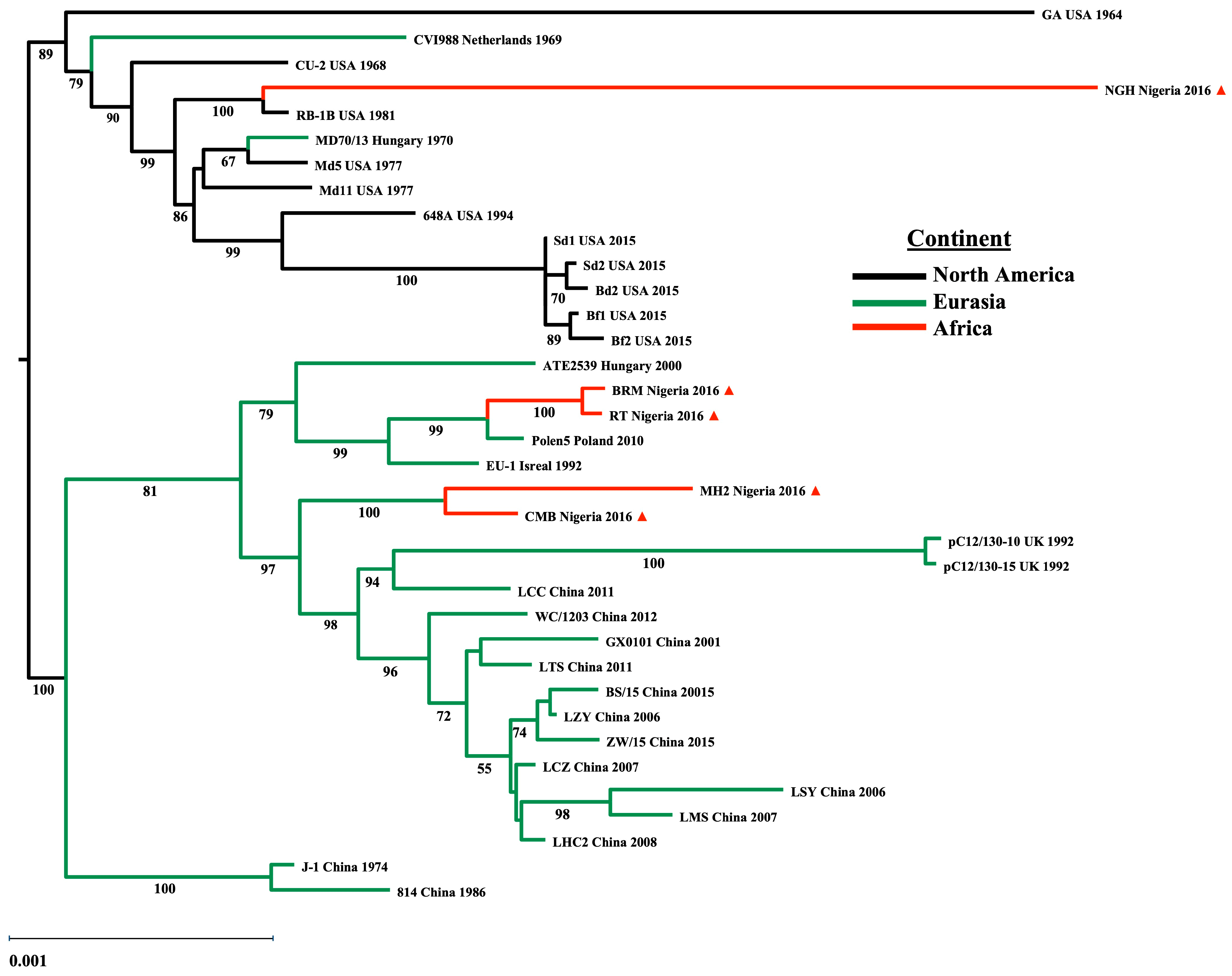2025-03-25 シカゴ大学(UChicago)
<関連情報>
- https://news.uchicago.edu/story/next-gen-batteries-without-forever-chemicals
- https://iopscience.iop.org/article/10.1149/1945-7111/ad9cca/meta
- https://pubs.acs.org/doi/full/10.1021/acsenergylett.4c01999
リチウム金属電池用非フッ素化エーテル電解質における立体障害の影響の解明 Probing the Influence of Steric Hindrance in Nonfluorinated Ether Electrolytes for Lithium Metal Batteries
Peiyuan Ma, Uyen Le, Ke-Hsin Wang, Minh Canh Vu, Priyadarshini Mirmira and Chibueze V. Amanchukwu
Journal of The Electrochemical Society Published: 26 December 2024
DOI:10.1149/1945-7111/ad9cca

Abstract
Lithium metal batteries (LMBs), especially “anode-free” LMBs, promise much higher energy density than current lithium-ion batteries but suffer from poor capacity retention. While novel electrolytes have been designed to extend cycle life in anode free LMBs, most of them contain a high fraction of fluorinated solvents or diluents that may cause environmental concerns. Herein, we report the design and synthesis of a group of nonfluorinated ether solvents (termed xME solvents). By substituting the methyl terminal group of 1,2-dimethoxy ethane (DME) with different alkyl groups, the solvation power of xME solvents was tuned to be weaker, leading to more ion pairing in electrolyte solvation structure. In anode free type Cu/LiFePO4 (Cu/LFP) cells, xME electrolytes in general show better capacity retention than DME-based electrolyte. Some xME electrolytes also show better oxidative stability than DME against aluminum and LiNi0.8Mn0.1Co0.1O2 (NMC811) electrodes. While the general improvement in LMB cycle life and oxidative stability can be attributed to more ion pairing, the local variation within xME electrolytes indicates other factors are also important. Our work proposes a molecular design strategy to fine-tune ion solvation structure of nonfluorinated ether electrolytes for LMBs.
Highlights
- Weakly solvating ether solvents (xMEs) are designed with varying alkyl end groups.
- Additional steric hindrance promotes more ion pairing in the solvation structure.
- xME electrolytes enable better cycle life than DME in anode free Cu/LFP (LiFePO4) cells.
- xME electrolytes also show improved oxidative stability against NMC811 (LiNi0.1Mn0.1Co0.1O2) cathode.
リチウムイオン二次電池用フッ素化エーテル電解質の分子構造最適化 Molecular Structure Optimization of Fluorinated Ether Electrolyte for All Temperature Fast Charging Lithium-Ion Battery
Peiyuan Ma,Cindy Xue,Ke-Hsin Wang,Priyadarshini Mirmira,Minh Canh Vu,Oscar Rivera,Chibueze V. Amanchukwu
ACS Energy Letters Published: December 3, 2024
DOI:https://doi.org/10.1021/acsenergylett.4c01999
Abstract

New electrolytes are needed to replace commercial carbonate electrolytes to enable a wider working temperature range, higher energy density, and faster charging of lithium-ion batteries (LIBs). Fluorinated diluents and solvents have shown promise in LIB electrolyte design, but most of them are considered per- and polyfluoroalkyl substances (PFAS) with significant environmental and health concerns. In this work, we design a family of non-PFAS, partially fluorinated ether solvents for LIB electrolytes. Through rational molecular design, an optimized rate capability is achieved by low viscosity, weak lithium-ion solvation, and high ion diffusivity. The optimized electrolytes enable a longer cycle life and better rate capability (up to 6 C) than previously reported fluorinated ethers or commercial carbonate electrolyte in graphite/LiNi0.8Mn0.1Co0.1O2 (Gr/NMC811) full cells. In addition, they also show an extended working temperature window with stable long-term cycling from 60 to −40 °C. This work shows a promising path to next generation batteries capable of extreme conditions without introducing PFAS concerns.



 中日本航空 富士ベル204B-2型(回転翼航空機)の事故[着陸時の機体損傷](兵庫県神崎郡福崎町 高岡場外離着陸場、令和2年6月29日発生)](https://tiisys.com/wp-content/uploads/2025/03/スクリーンショット-2025-03-27-164707-500x338.png)